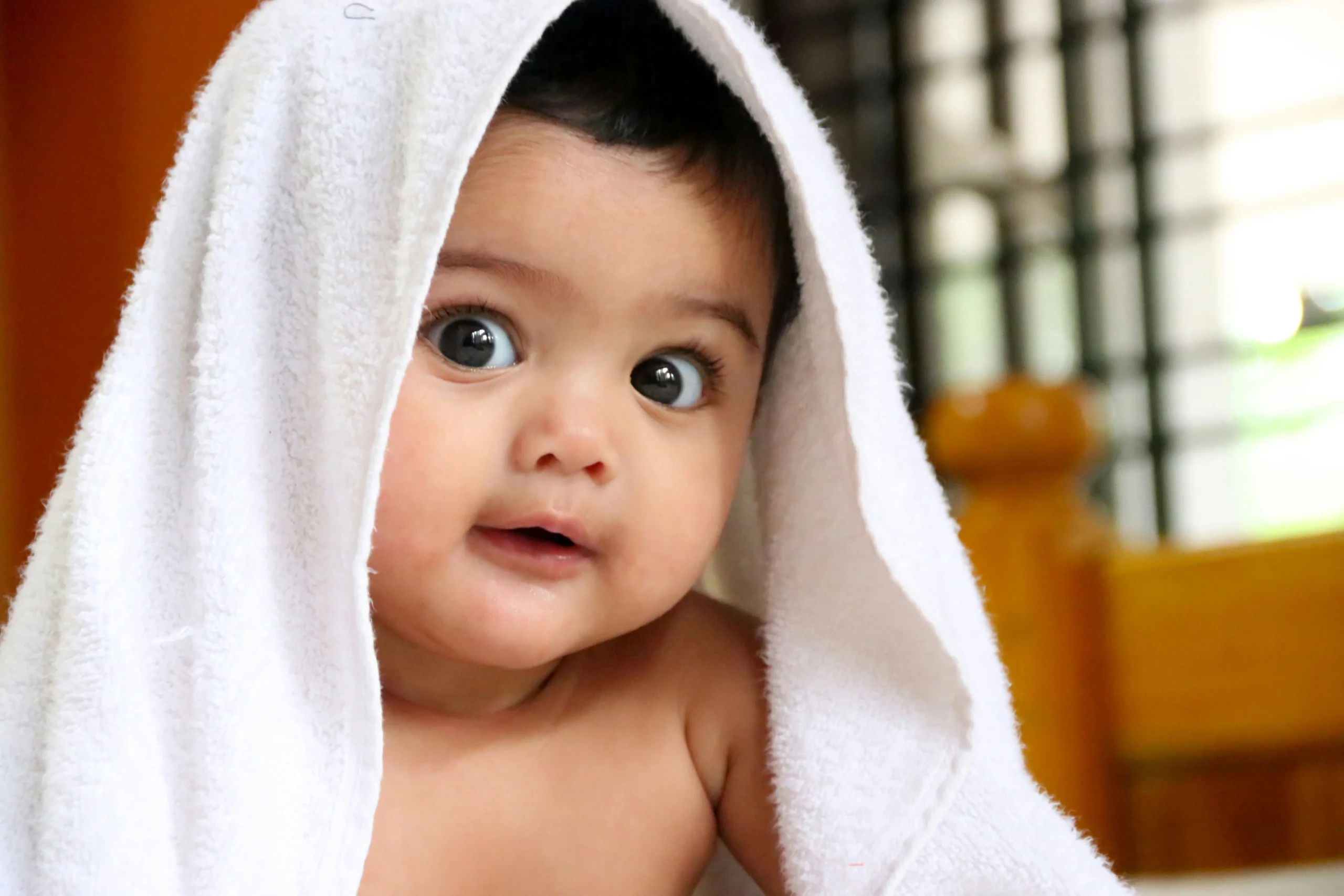Over the years, it’s been brought to my attention by some particularly observant people that my partner and I have only one child. A few curious individuals, often strangers blissfully unaware of the complexities of family planning, have even dared to ask if we intend to expand our family.
On good days, I might joke back, “Are you selling any of yours?” or “Yeah, but I can never find what I want on eBay.” However, on less cheerful days, my responses can take a turn for the worse.
It’s puzzling how, when you have just one child, people feel emboldened to ask questions that would typically be deemed inappropriate unless you’re at a wild party, or perhaps wearing a latex suit and surrounded by tequila. While folks often avoid discussing politics with acquaintances, the mere mention of having a single child seems to prompt a barrage of unsolicited opinions and inquiries. These are often the same individuals who think it’s acceptable to touch a pregnant woman’s belly while waiting in line or comment on your grocery choices.
“Are you really buying 14 grapefruits?”
“Nope, just leasing them. Now, please move along, Rain Man.”
The conversation usually kicks off with, “So you only have one…” implying that I must have a compelling reason for not having more (children, of course, not grapefruits—stay with me). Instead of responding maturely, I often resort to a bit of passive aggression.
“Yep, my manhood took a hit after Vietnam, but I’d still enlist if they asked. It’s hard to find good Vietnamese food around here.”
“My partner and I concluded the world doesn’t need more white kids, but we weren’t interested in adopting. All the desirable Asian babies are already taken.”
“I had to hire a guy off the street to help my wife conceive this one. Twice. We just couldn’t afford to pay him more. If anyone claims they’ll do it for a sandwich, they’re lying.”
More often than not, I know these questions aren’t meant to be hurtful, but that’s not how I perceive them. The truth is, my partner and I would love to have another child—ideally two or three—but factors like age, finances, and existing health issues make that unlikely.
Conceiving our daughter, Mia, wasn’t easy. We tried all sorts of methods—timed cycles, basal body temperature tracking, and even some bizarre rituals (like burying a bucket of fried chicken during a full moon). The result? A lot of mediocre intimacy and not many kids.
To make matters worse, the male anatomy can be quite temperamental, especially under stress. One moment it’s as firm as a motorcycle kickstand, and the next, it’s like trying to squeeze a marshmallow into a coin slot. (Confession: I thought I coined that phrase, but turns out it’s already been used!)
Ladies, if you’re ever in this situation, the last thing you want to do is initiate a chat.
“Is everything okay?”
“Yeah, everything’s fantastic. I just always lose my edge before the finish line. If you really want to help, let’s also talk about my childhood traumas.”
My partner faced her own challenges, but out of respect, I won’t delve into those here. Let’s just say that the female reproductive system can be as temperamental as an old car, developing quirks as it ages.
Eventually, we sought professional help and underwent several rounds of IVF. The full saga is too lengthy for this piece, but let me tell you: if someone says that giving your partner nightly injections brings you closer together, they are lying. After four years and countless consultations, we ended up with six viable embryos. Unfortunately, due to a mix-up, the doctor thawed four embryos for our first attempt instead of the two we requested. Neither took, and the remaining embryos didn’t survive the freezing process.
Mia was the outcome of our final attempt. Like a dramatic movie twist, two embryos went in, and only one emerged—albeit several months later. Initially, we braced ourselves for disappointment, so when the doctor called stating, “Mia is on the way,” both of us were in disbelief. We had to hear it twice before it registered.
After Mia’s birth, my partner and I have mulled over the idea of having another child. We no longer take precautions during the few moments each month when we’re not completely drained. Yet, our odds of conceiving are as slim as a Polish cavalry facing Nazi tanks in World War II—not exactly encouraging.
We’ve contemplated adoption, but ultimately decided against it. While I’d like to think of myself as patient and understanding, I know my limits. My fear is that if an adopted child faced challenges, I might harbor resentment, impacting Mia in the process. Given that most kids go through tough phases, I’ve concluded that adoption could be a recipe for disaster.
IVF also isn’t an option we’re pursuing. The whole process is overwhelmingly complex, expensive, and frankly exhausting for someone of my “advanced” age and limited patience. The experience involves painful needles, hormonal chaos, and a lot of uncertainty. After everything we went through for Mia, the thought of facing it all again is daunting.
After many discussions, my partner and I have come to a shared understanding: we have a wonderful little girl to nurture. Instead of pouring time, energy, and money into the gamble of IVF, we’d rather devote ourselves to raising the child we already have.
In summary, while the questions about family size can be annoying, they stem from a place of curiosity rather than malice. Our path to parenthood was filled with challenges, and we’re content focusing on the joys and responsibilities of raising Mia. For those considering alternatives like IVF or adoption, resources such as Johns Hopkins Fertility Center can provide valuable insights. If you’re looking for at-home insemination options, check out CryoBaby’s home insemination kits. And for more perspectives on parenting, feel free to explore this post on Cervical Insemination.

Leave a Reply